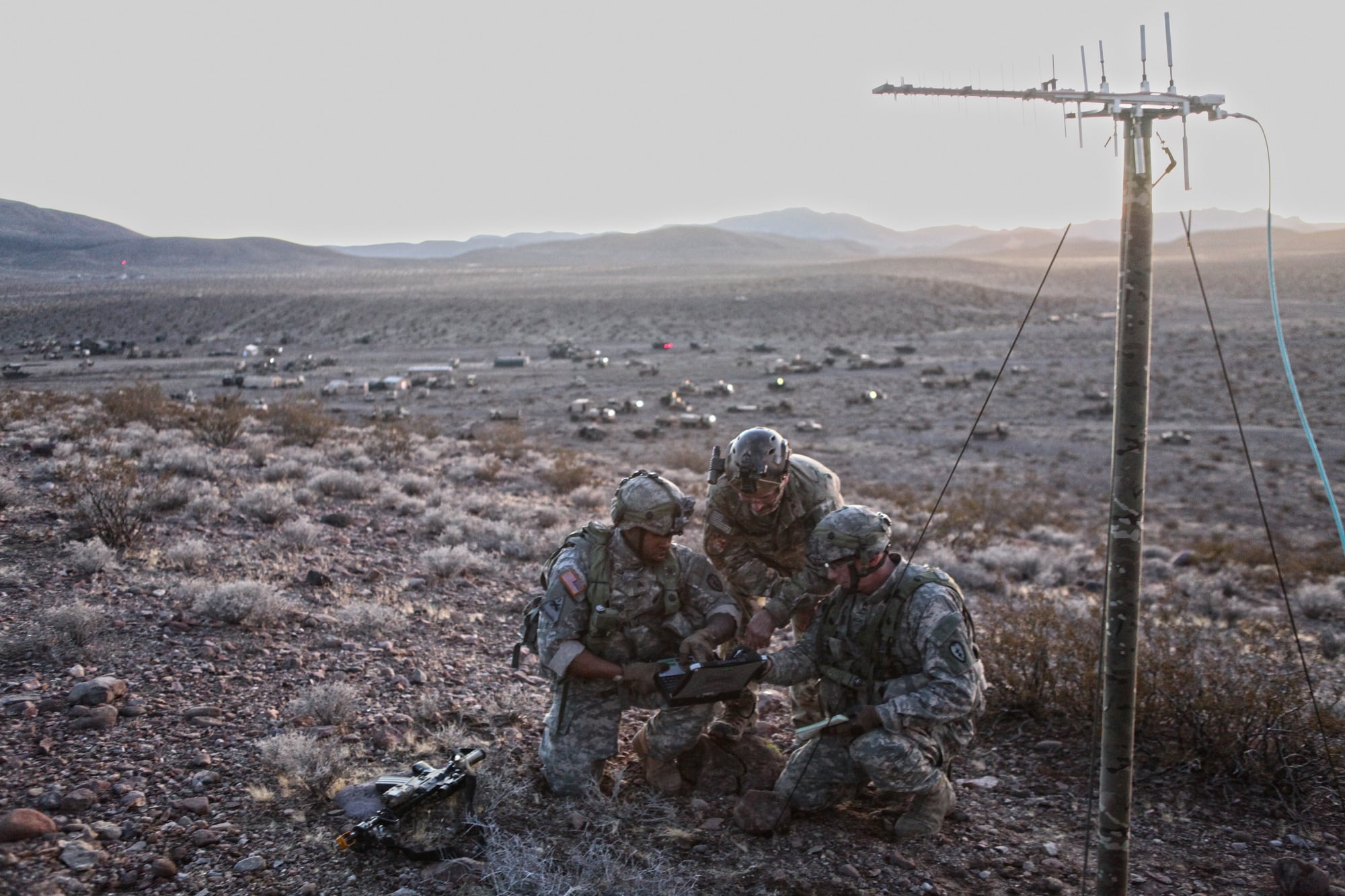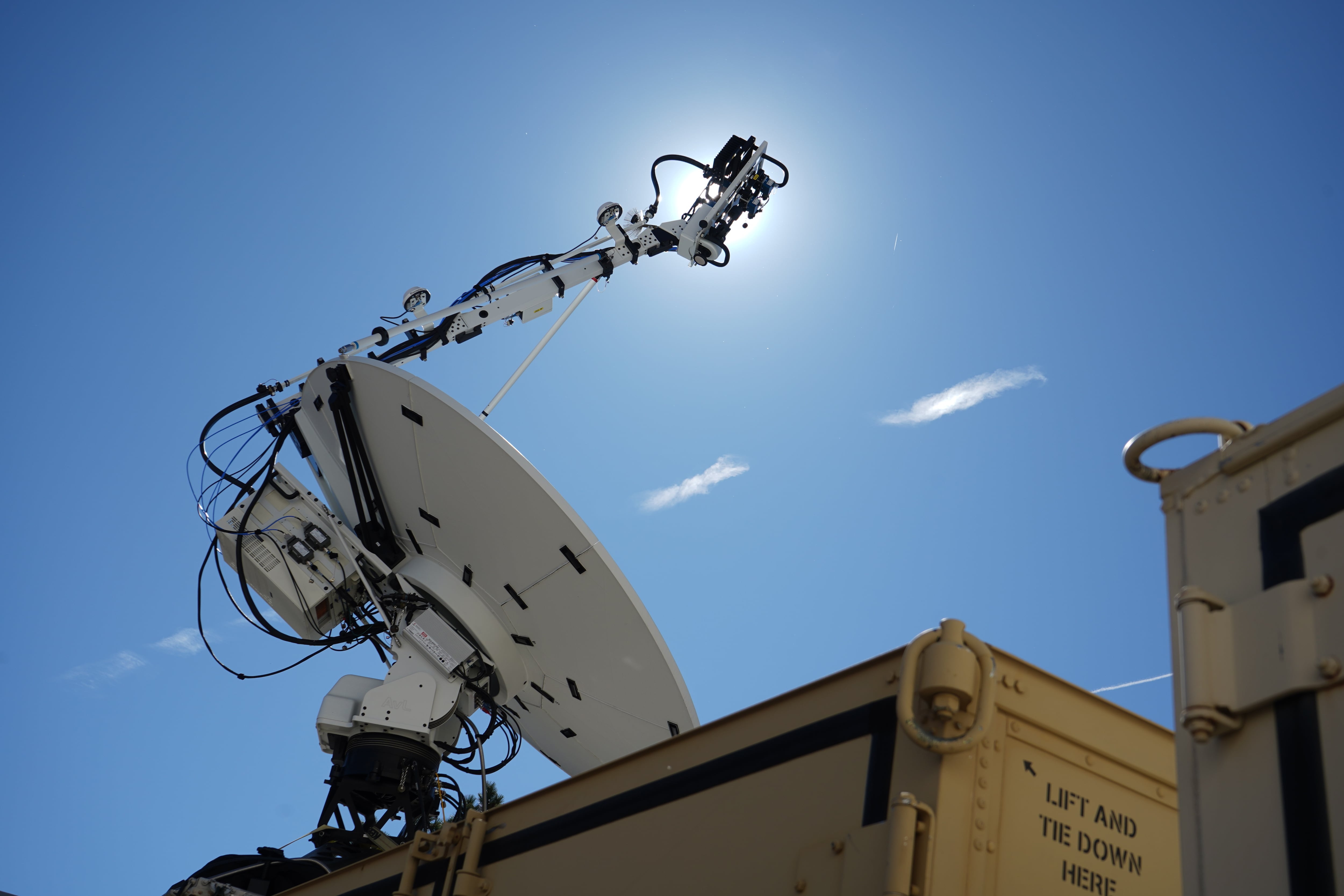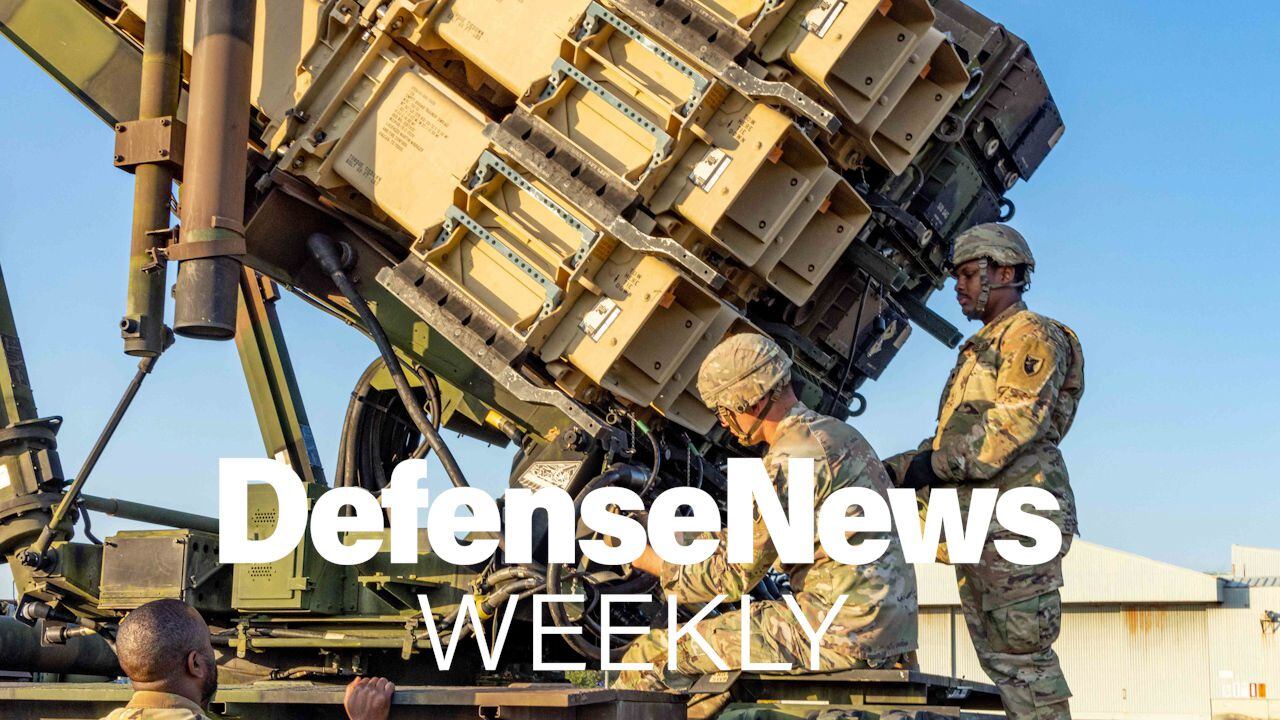This is part three of a series detailing Army efforts to advance and integrate tactical cyber, electronic warfare and information operations within traditional forces. Part one can be viewed here and part two can be found here.
The Army used a September experiment to look at news ways of bringing tactical cyber, electronic warfare, information and space effects to the battlefield.
The Army’s third annual Cyber Blitz experiment, hosted at New Jersey’s Joint Base McGuire-Dix-Lakhurst, helped service leaders learn more about the process for new units while testing command-and-control relationship with maneuver units and higher headquarters.
The units include intelligence, cyber, electronic warfare and space (ICEWS, pronounced IQs) detachments as part of the Army’s multidomain taskforce based at Fort Lewis in Washington state, the cyber warfare support battalion and expeditionary cyber and electromagnetic activities (CEMA) teams.
RELATED

ICEWS
The multidomain taskforce is working as a 36-month pilot effort in the Pacific region through a variety of real work exercises to help inform the service on the new doctrinal approach for multidomain operations, or the seamless coordination of capabilities across the five domains of warfare: land, sea, air, space and cyber.
One component of it includes the ICEWS detachment.
The ICEWS will integrate all capabilities in its namesake, plus signal, information operations and targeting.
Army leaders at Cyber Blitz were prototyping the ICEWS detachment composition and its employment into brigade operations, Cyber Blitz Director Richard Wittstruck said.
Wittstruck told Fifth Domain that U.S. Army Pacific approached the Cyber Blitz planners asking them to help examine aspects of multidomain operations to include the ICEWS and how that could work with Special Forces and a brigade. In fact, Cyber Blitz was feeding information and lessons learned during its experiment in real time to U.S. Army Pacific for the Valliant Shield exercise taking place in Guam, which the multidomain task force was participating in, to help inform what right looks like for the ICEWS.
One example was how can the ICEWS work with Special Forces in close reconnaissance.
Cyber Warfare Support Battalion
The Cyber Warfare Support Battalion has been approved by the Army and falls under Army Cyber Command serving Army-specific missions, not U.S. Cyber Command joint missions. It will be used to integrate intelligence, cyber, electronic warfare, signals, information operations and fires all into one formation, while also able to deliver effects remotely and through local expeditionary cyber teams that will plug into the CEMA sections located in each brigade planning cell.
There has not been much information released about these new units to date. Initial capability for these units is slated for 2019 with approved growth.
As they come online, experiments such as Cyber Blitz will help the Army inform where exactly they need to go, given how quickly dynamics change in cyberspace.
“One of the big learning objectives for Cyber Blitz from an ARCYBER perspective was to execute the Cyber Warfare Support Battalion, expeditionary CEMA team construct so that we know what those things are,” Lt. Col. Wayne Sanders, a CEMA assessor with ARCYBER, told Fifth Domain.
“And then inform the policy makers. If senior leaders believe the right decision is to delegate … authorities, we need to have those policy discussions now.”
Expeditionary CEMA Team
The Army has matured the ECT concept a bit more than some of the others. The ECTs, typically a division asset that provides cyber and EW capability, have been pushed down to the brigade level for Cyber Blitz and during ARCYBER’s pilot program at the National Training Center, CEMA Support to Corps and Below.
The latter, similarly, seeks to game how tactical cyber capabilities can be integrated with a brigade combat team. The key difference between CSCB pilot and Cyber Blitz is CSCB is much more high tempo because brigades undergoing a combat training center rotation have several objectives they have to achieve to be validated as a brigade cramming a multimonth campaign into a few weeks. Thus, while the cyber team’s capabilities are worked into the bridge’s overall schemes, the cyber component is not the main piece.
Cyber Blitz, on the other hand, is one of the only venues that allows for CEMA personnel across the Army to be the training audience to test new concepts, capabilities, techniques without worrying about detracting from a BCT’s normal training objectives, Sanders said.
Part of the ongoing experiment for the Army, Wittstruck said, is giving a brigade commander control of what is traditionally a division asset in the ECT, so the brigade commander can set his timing and tempo to the ECT’s ability to support that.
At its most basic level, the ECT acts to fill capability gaps for lower echelons.
Normally a brigade will send effects requests up to the division, which will either approve or deny. If approved, the division would then task the ECT to either conduct an offensive mission or a defensive mission in support of the BCT, Chief Warrant Officer 4 Thomas O'neil, ARCYBER senior targeting officer, told Fifth Domain.
This is a new command-and-control construct, Wittstruck added, because the commander has to think how the ECT will support him because instead of having to make the request to higher headquarters for these capabilities in today’s policy, the commander now controls it directly.
For example, Wittstruck said if a brigade commander had to get at a certain target for which he doesn’t organically possess the resources to get at, other units such as Special Forces ECT, ICEWS — all potentially working together — will set the conditions for the brigade commander. They’ll report back to the commander when that has been accomplished in accordance his timing and tempo.
Ultimately, the ECT construct is about getting effects for lower echelons approved. While the ECT has a plug into the Joint Force Headquarters-Cyber — the Cyber Command element charged with providing effects to combatant commanders at the strategic, theater level — those forces won’t be diverted to the tactical fight.
“What we saw was a capacity gap … Instead of [the brigade] getting request denied, they can get request serviced,” O'neil said, referencing the effects request process that must run through higher headquarters elements.
Part four examines the electronic warfare and signals intelligence components of Cyber Blitz.
Mark Pomerleau is a reporter for C4ISRNET, covering information warfare and cyberspace.








